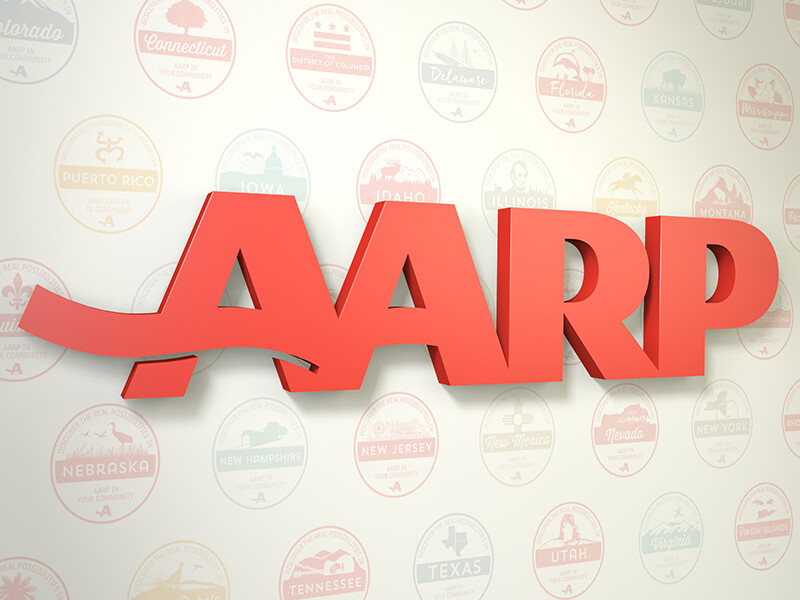AARP Hearing Center

Bob Lovinger is a retired journalist and grant writer turned AARP Volunteer. He is resident of Bristol County. His words are his own.
________________________________________________________
What is Age-Friendly?
July 17, 2024
By Bob Lovinger
Age friendly. What does that mean? What makes a city or town age friendly?
Of course, it’s the practical stuff – the things a community does to ensure a safe, healthy environment for people as we age.
But first it’s about listening and seeing and walking in the shoes of others. It’s an understanding that we’re all in this together and that older people are not “them.” They are “us.”
The fact is, we’re living longer. As a result, the number of older Americans is growing. Fast. Here are some stats:
· The average American’s life expectancy in 1950 was 68 years. Today, it is 78.
· A 10-year-old today has a 50 percent chance of living to the age of 104.
· By 2030, one in five Americans will be over 65.
In Boston, officials were listening. Andrea Burns, director of Age-Friendly Boston, recalled, “We received consistent feedback that there weren't enough places to sit for those who need to rest, and that strategically placed benches would make travel from point A to point B significantly easier.” The city installed 89 benches around town, and had plans for another 30.
So, what’s it like living in an age-friendly community? Well, if you’re an older person, you won’t go hungry and you’ll have a decent place to live.
You can easily find public transportation and affordable medical care. When you need to cross a busy street, traffic lights give you plenty of time. And you have access to clean, open, public spaces where you can enjoy the outdoors.
Age-friendly communities encourage people living alone to socialize because for one thing, loneliness is bad for your health. One study found the health impact of prolonged social isolation equivalent to smoking 15 cigarettes a day. And so, if you’re on your own in an age-friendly city or town, you will find opportunities to meet others and participate in activities at senior centers, libraries and other venues.
An age-friendly community offers volunteer opportunities for older Americans, along with employers willing to hire older workers. And such a community celebrates diversity, making sure older people of color and LGBTQ+ residents are aware of that.
Communication is critical. Age-friendly communities reach out to older Americans with vital information, whether via email, telephone, snail mail, or periodic newsletters. In times of emergency – for example, during a pandemic – an age-friendly community reaches out to older people, especially those living alone, to make sure they’re okay.
The city of Salem designed a sensitivity training – delivered to a variety of organizations and businesses in town – called How to Communicate With Older Adults. The goal: to raise awareness that we sometimes stereotype older people and that it can color conversations. Patricia Zaido, co-chair of the Salem for All Ages Task Force, noted, “We must remember that no two 75-year-olds are alike.”
Becoming an age-friendly community gives cities and towns the opportunity to step back and truly listen – specifically to older residents, said Antron Watson, Age-Friendly Director for AARP Massachusetts. “It’s a chance to be reminded of what has made their community great and would make it even better, including what will allow residents to continue aging in the community they love.”
So, what does it mean to be an age-friendly city or town? AARP likes to say that age-friendly communities make it easy for people to live their best lives at every age.



































































